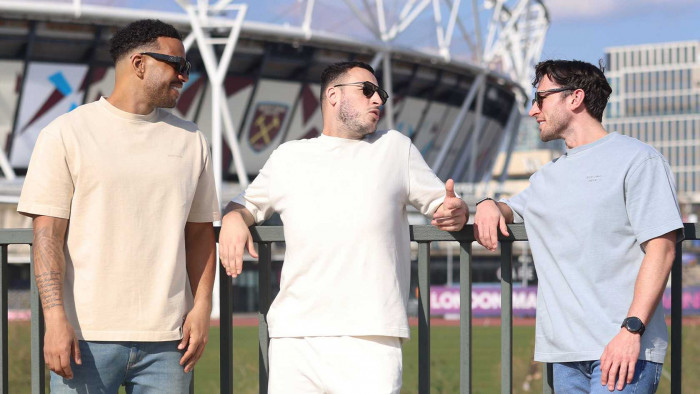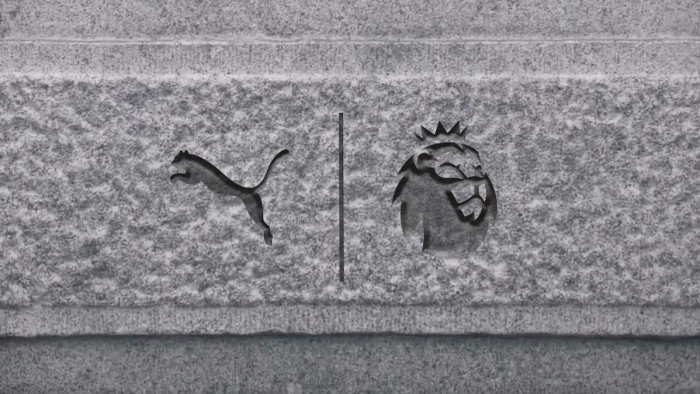Maverick driver Ayrton Senna pushed the boundaries and paid the ultimate price. That’s what made him the greatest, says Andrew Dickens
The famous yellow helmet remained motionless in the car, its visor shielding a pair of eyes of remarkable intensity. Outside the helmet was the cacophony of 25 Formula 1 engines, revving like a demonic choral society, and an atmosphere thick with oil and adrenaline; behind the eyes there was fury and intent.
As the red lights were extinguished, the helmet’s wearer, Ayrton Senna, pulled away from pole position with his nemesis, Alain Prost, second. Accelerating along the opening straight of Japan’s Suzuka Circuit, Prost, needing victory to maintain a chance of winning the drivers’ championship, edged ahead, reaching the opening bend first. Upon doing so, he braked.
Senna, travelling at 130mph, did not.
The result was predictable. Senna’s McLaren ploughed into Prost’s Ferrari, sending the pair across the gravel, into the tyre wall and out of the race. Both drivers climbed from their cars and walked purposefully away — Senna as the 1990 world champion.
Ayrton Senna wasn’t like most sportsmen. His immense talent was allied with good looks, charisma, intelligence and a spirituality that gave him an ‘otherworldly’ quality. Globally, he was a star; in his native Brazil, he verged on the divine.
Senna cared deeply about his country and his country reciprocated in spades. The sight of him waving its flag on a victory lap regularly lifted the mood of an economically and morally impoverished nation. When he died in 1994, there was a three-day national period of mourning. His funeral, resembling that of a beloved king, saw millions line the streets to see his coffin pass.
“Senna transcended sport,” says BBC Radio 5 Live’s F1 commentator David Croft. “He wasn’t just a driver. You don’t refer to Ayrton Senna — you refer to Senna like you refer to Ali. He was the greatest of all time.”
CALCULATED RISK
The incident in 1990 was an act of revenge. A year earlier, Prost had squeezed Senna off the same track with the same reward: a world title. It was one in a long line of incidents that left Senna with a sense of conspiracy between the Frenchman and his countryman, the Federation Internationale de l’Automobile president Jean-Marie Balestre. But whether his premeditated act was justified or a paranoid reaction, for a man who was a devout Christian, it was ruthless.
“He thinks he can’t kill himself because he believes in God,” Prost once said. “I think that is very dangerous for the other drivers.”
This could easily have been bitterness, envy or politics —the pair had a fierce rivalry that began while they were team-mates at McLaren in 1988 — but maybe he had a point. Senna was, by any measure, easily the fastest driver of his generation, but was he also a danger to others? After all, the 1990 incident wasn’t isolated: he had plenty of what are delicately known as ‘comings together’.
“I always thought he was fair,” says Johnny Herbert, who raced Senna for six seasons in F1. “He had an aura, though, and seeing that yellow helmet in your mirror was enough for some drivers not to fight him. He built that up. He knew he could intimidate.”
“His attitude to risk probably came from his time in karts, where you could bang wheels with impunity,” adds Richard Williams, author of The Death Of Ayrton Senna. “The previous generation of Formula 1 drivers knew they’d probably die if they did that, but Senna recognised you could race the new, stronger F1 cars in a similar way. But I don’t think any driver thought he was dangerous, and I don’t think that he believed he’d hurt Prost.”
In truth, Senna was extremely concerned about other drivers’ safety, constantly fighting for safety improvements at tracks. He studied how the medical teams worked and, on several occasions, stopped his car at the scene of a crash in case he could help. This man who took Prost off the track at 130mph risked his own neck to aid his opponents. It was this understanding of the risks that allowed him to be the competitor he was.
And he was supremely competitive. When challenged on his driving style by three-time F1 champion Jackie Stewart, he replied with some incredulity, “If you no longer go for a gap that exists, you are no longer a racing driver, because we are competing, competing to win.”
“You don’t think about crashing,” says Herbert, who broke both his legs in a Formula 3000 crash. “I never thought it would happen to me, even after my accident.
The risks are calculated. Look at how many times Senna crashed. Hardly ever. You challenge yourself to do the best lap you can, but eventually the car won’t go any faster. Senna knew this. He was just able to squeeze more out of a car because he was the best.”
Senna had faith in God, but also in his own ability. He managed risk. In fact, he was a complete control freak, obsessed with statistics. He also had a near-supernatural sensitivity for cars, often giving his engineers detailed feedback that would better their electronic telemetry data.
“As a child he was a slow developer,” says Manish Pandey, writer and producer of superb new documentary Senna. “His father built him a kart when he was four to improve his motor skills. It worked, but he also became one with the vehicle. Driving became like walking, and winning became a habit. He likened it to a drug.”
His addiction to winning meant that he had to go to the edge of his abilities. But it wasn’t just about beating his opponents — his F1 career was a voyage into his own, personal spiritual development.
“Every time I push,” he said, “I find something more, again and again. But there is a contradiction. The same moment that you become the fastest, you are enormously fragile. Because in a split-second, it can be gone. All of it.”
THE FINAL CHAPTER
On Sunday 1 May 1994, it was gone. All of it. The weekend of the San Marino grand prix in Imola had already seen two horrific events. On Friday, Senna’s protégé, Rubens Barrichello, had a serious crash in practice that kept him out of the race. Then, during Saturday’s qualifying, Austrian Roland Ratzenberger hit a wall at 195mph and was killed.
It was the first death in Formula 1 for 12 years.
“I think death had escaped the consciousness of some drivers,” says Professor Sid Watkins, head of F1’s trackside medical team for 26 years and a good friend of Senna’s. “I’d never seen Ayrton so upset. I said, ‘Why don’t we both quit and we’ll just go fishing?’ But he said, ‘I have to go on.’”
On the Sunday, Senna, now in his first season at Williams, started from his 65th pole position in his 161st grand prix. A start-line crash caused the safety car to be deployed. Two laps after it left the track, Senna, leading the race, crashed into a concrete wall at the Tamburello corner. His visor was punctured by, it’s believed, part of his suspension, fracturing his skull and killing him instantly.
He didn’t have a broken bone in his body.
“I could tell it was fatal,” says Watkins, who had the distressing task of lifting him from the wreckage. “I lay him down. He sighed and relaxed. I’m not a religious man, but at that moment I thought I felt his soul leave.”
No one knows what caused the crash. Some believe it to have been driver error, though Herbert, who was in the race, disagrees, insisting you took Tamburello “flat out in the wet”. Some think it was a mechanical fault. Some blame rule changes. What it wasn’t, however, was Senna’s attitude to risk.
“That’s the tragedy,” says Pandey. “This guy who’s obsessed with controlling every detail is killed by a freak accident. The impact wouldn’t have killed him, even the suspension wouldn’t have killed him, but it goes through his visor. Actuaries, the most rational people on Earth, have a phrase for events so unlikely that they can’t be calculated. Ironically, it’s the same phrase Senna would have used. He was killed by an act of God.”
Senna is at cinemas from 3 June
Latest
Related Reviews and Shortlists










